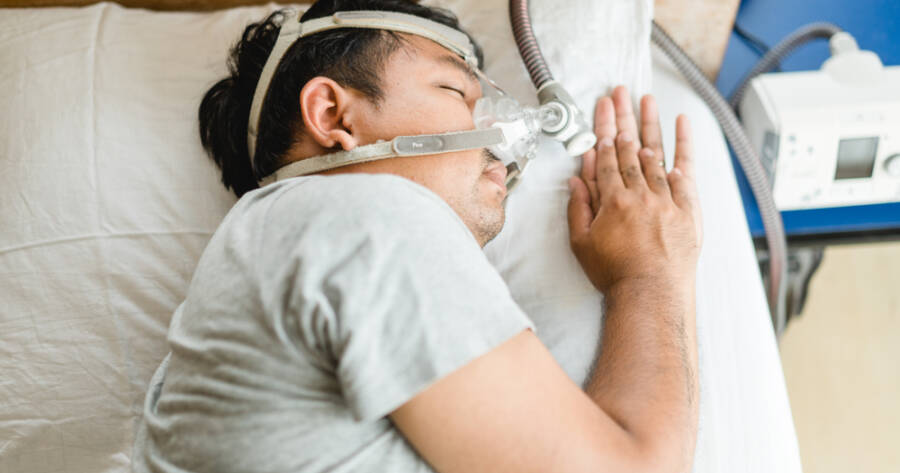Sleep apnea is a common sleep disorder that can significantly impact overall health and quality of life. It’s characterized by interruptions in breathing during sleep, which can lead to symptoms such as loud snoring, fatigue, and morning headaches. If you suspect you have sleep apnea, you might benefit from home-based sleep apnea testing, which offers a convenient and less disruptive alternative to in-lab studies.
Talk to Your Healthcare Provider
Before starting a home sleep apnea test, it’s often essential to consult a healthcare provider. Your provider can discuss your symptoms, evaluate your risk factors, and determine if a home sleep test (HST) might be appropriate. For example, individuals with high-risk factors for obstructive sleep apnea (OSA)—like snoring, obesity, or daytime fatigue—may be good candidates for a home sleep test, as it’s specifically designed to detect OSA.
If a home test is suitable, your provider can typically provide a referral or recommend a service that delivers a home testing kit.
Receive and Set Up the Home Testing Kit
Once approved, you may receive a home sleep apnea test kit by mail or pick it up at a healthcare facility. Home test kits vary in design but usually include several essential components: a chest belt to monitor breathing, a nasal cannula to measure airflow, and an oxygen saturation sensor placed on your finger. These devices work together to measure your respiratory patterns, oxygen levels, and any breathing irregularities throughout the night.
Setting up the device is often simple, with instructions provided to guide you through each step. Many kits include a quick-start guide or even access to video tutorials, so you feel confident using it.
Conduct the Test
The test itself is usually conducted overnight in your own bed. After setting up the equipment as instructed, simply start the test and go to sleep as you normally would. The sensors monitor your breathing and oxygen levels, recording data that may help your doctor identify any irregularities. If you experience any issues with the equipment during the night, most kits are designed to be user-friendly, allowing you to adjust the sensors as needed.
Return the Device and Review Results
After the test night, you’ll typically be asked to return the testing kit. Many home testing services include prepaid shipping for easy return. Once the device is back, a sleep specialist or healthcare provider will analyze the data. They look for indicators such as the number and duration of breathing interruptions and any associated drops in blood oxygen levels.
Results are usually available within a few days. If sleep apnea is confirmed, your doctor might discuss treatment options like continuous positive airway pressure (CPAP) therapy, lifestyle modifications, or other interventions to improve sleep quality and health.
Exploring a Convenient Path to Diagnosing Sleep Apnea
Home sleep apnea tests offer a convenient, comfortable, and accessible way to diagnose sleep apnea, allowing you to avoid an overnight lab stay. By working with your healthcare provider, setting up the equipment properly, and following testing instructions, you can gain valuable insights into your sleep health right from home.
